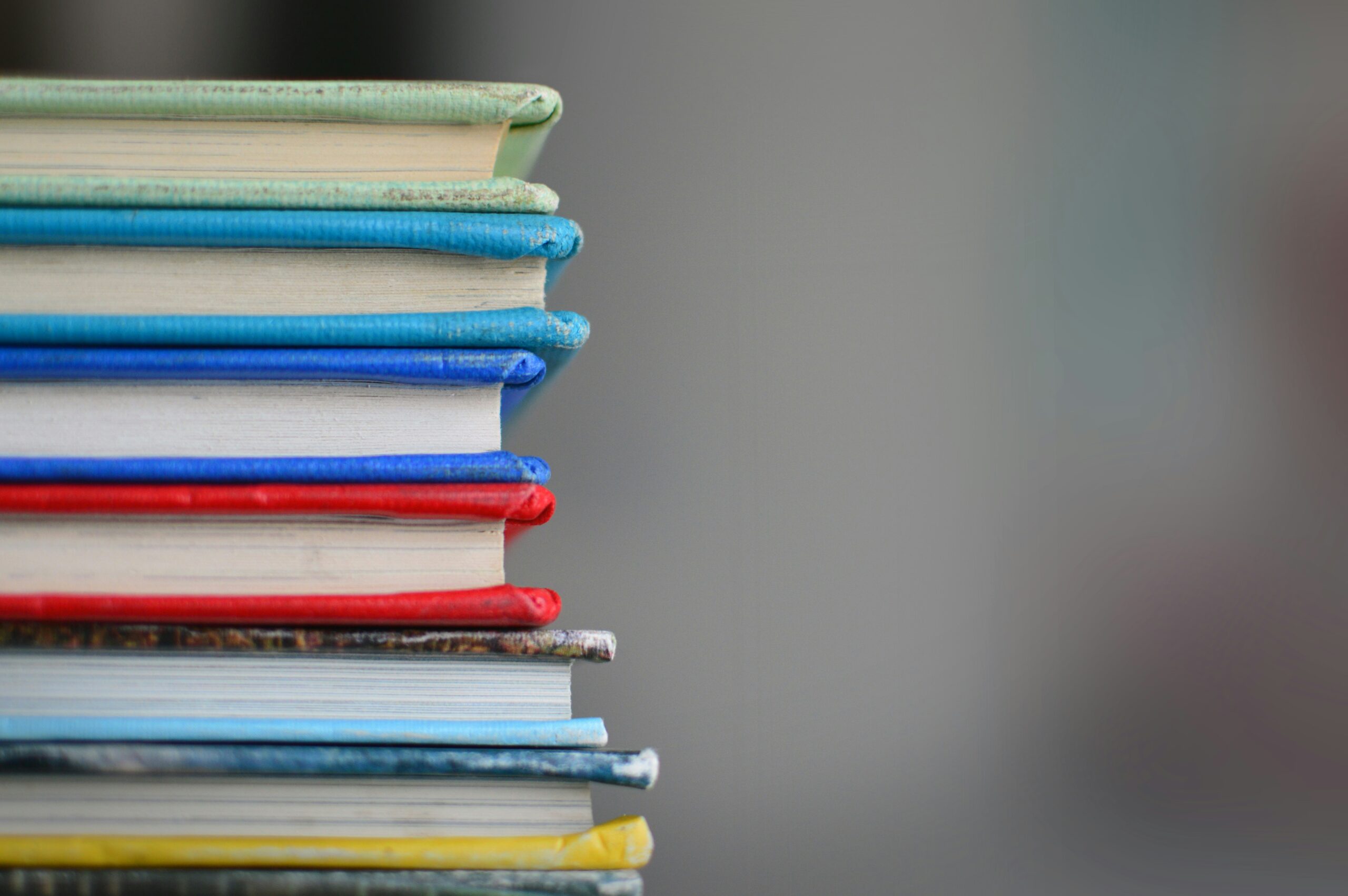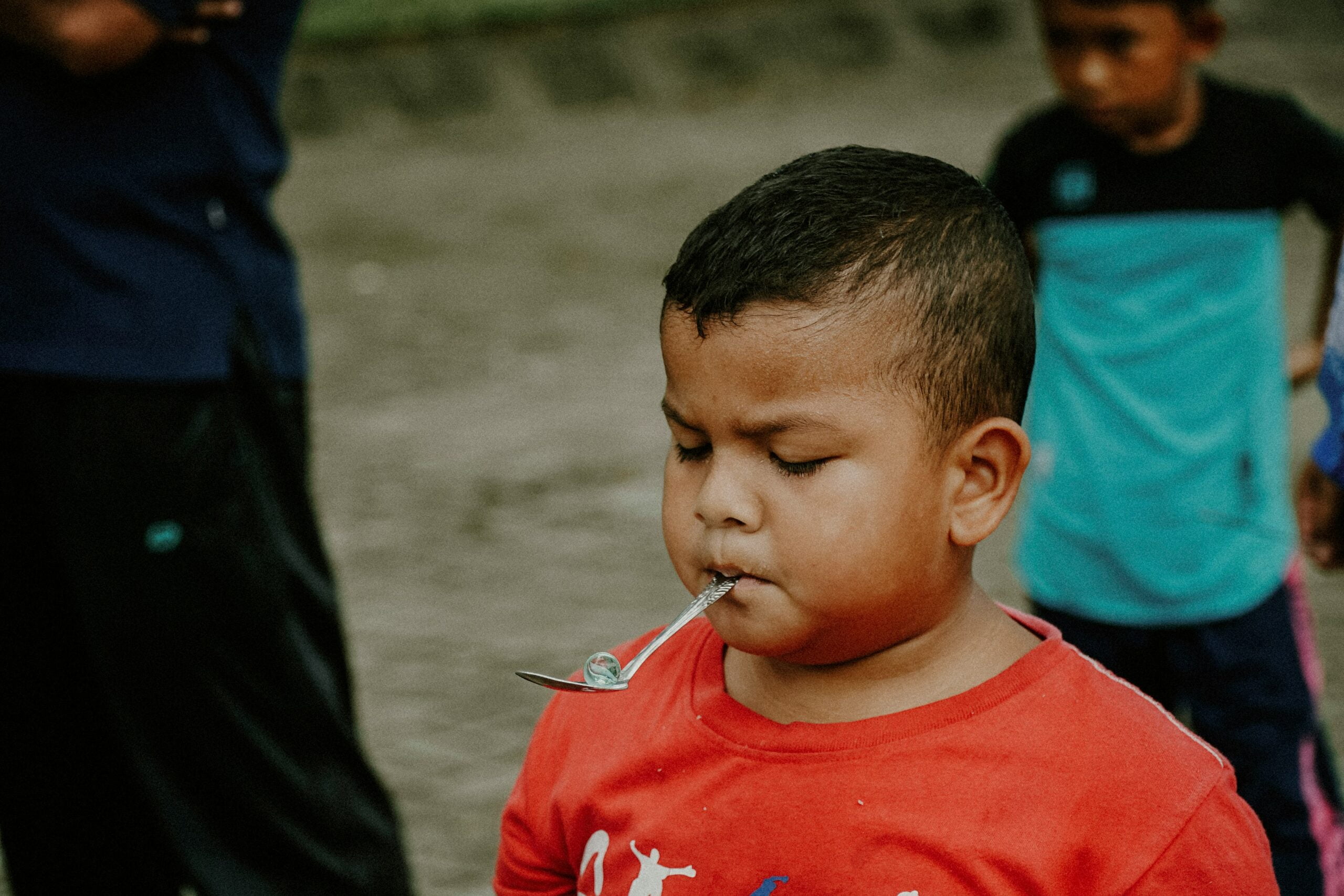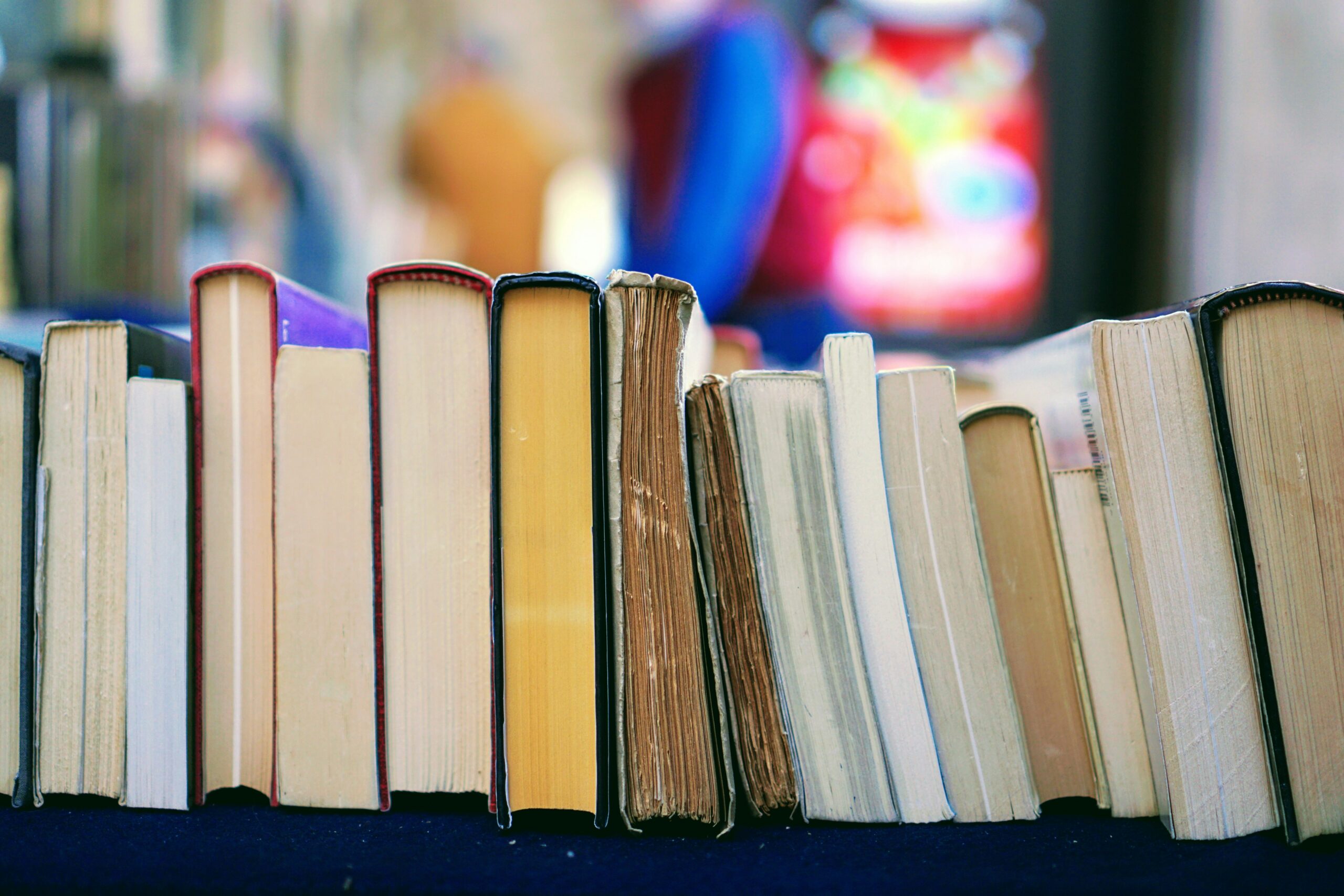psychedelics and spirituality
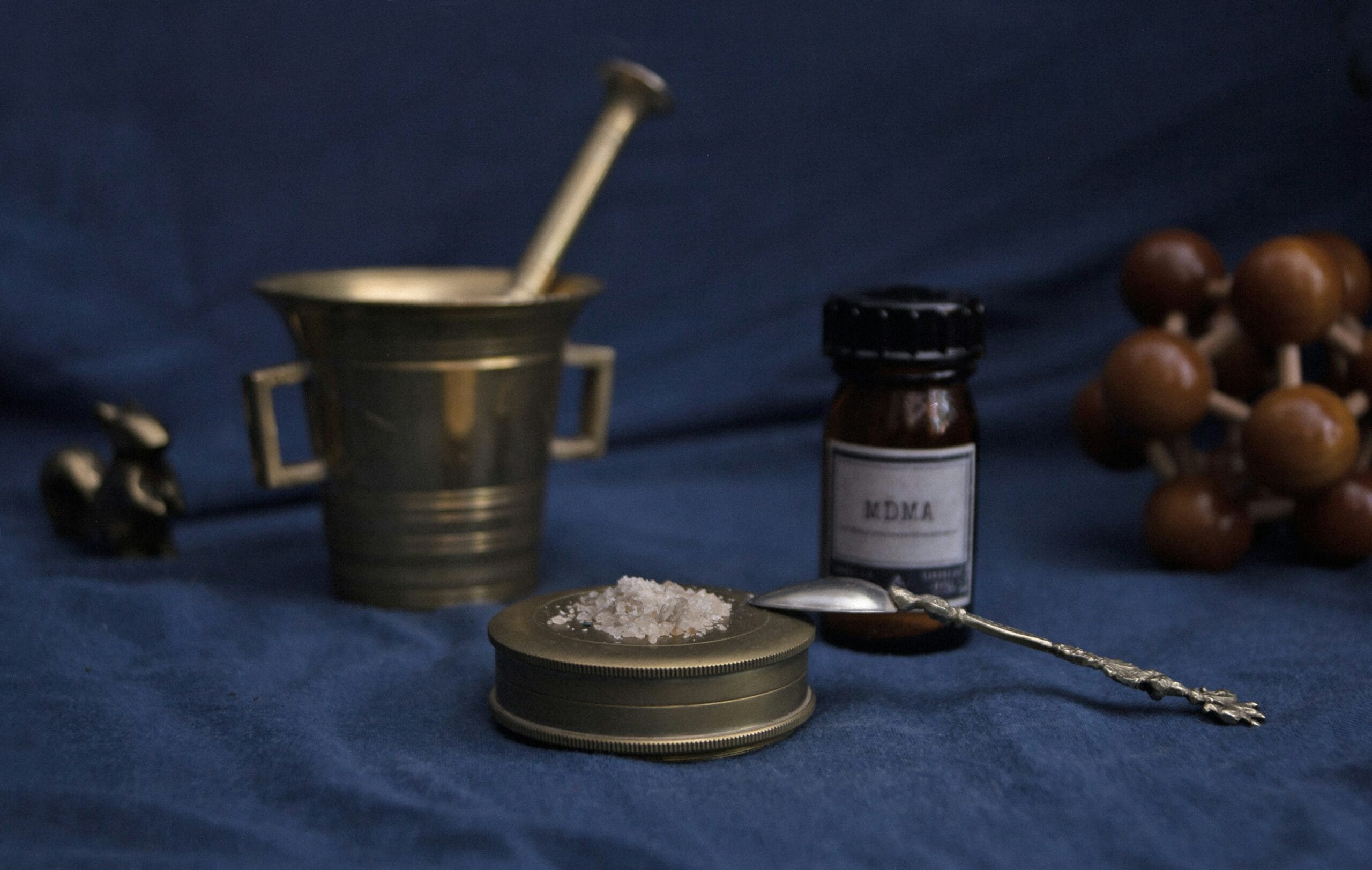
The Ancient Connection: Psychedelics and Spirituality
The relationship between drugs and spirituality has deep roots in various cultural practices. Many ancient civilizations used psychedelics as sacred tools to connect with the divine, facilitate healing, and explore the mysteries of consciousness. From the Shamans of South America to the mystics in India, these substances were often regarded as portals to higher realms of reality.
Throughout history, humankind has sought divine connection and deeper meaning through various means—meditation, prayer, fasting, rituals, and in some cases, the use of psychoactive substances. Psychedelics, such as psilocybin mushrooms, ayahuasca, LSD, and mescaline, have been intertwined with spiritual practices across cultures. Their ability to alter perception, dissolve the ego, and provoke profound insights has led many to believe they provide a gateway to transcendence. But where do psychedelics overlap with spirituality, and what makes these substances both alluring and controversial within spiritual frameworks?
Historical Roots of Psychedelics in Religion
Some of the earliest uses of psychedelics date back thousands of years. Indigenous cultures have employed psychoactive plants and fungi as sacraments during rituals to induce altered states of consciousness. For example:
- Ayahuasca in the Amazon: Indigenous shamans use ayahuasca—a brew made from specific plants—as a tool for healing and divination, providing insights and visions believed to be from the spirit world.
- Psilocybin Mushrooms (Magic Mushrooms): Mesoamerican cultures such as the Aztecs referred to psilocybin mushrooms as teonanácatl (“flesh of the gods”). These mushrooms were used to communicate with gods and spirits during ceremonies.
- Soma in Hindu Scriptures: Some scholars believe that Soma, a mysterious and divine drink mentioned in the Rigveda, might have contained psychoactive substances to enhance spiritual experiences.
- Peyote Cactus in Native American Religion: Used during religious rituals, peyote induces vivid hallucinations believed to connect participants with their ancestors and spiritual realms.
The Psychedelic Experience: Mystical and Spiritual Elements
What makes psychedelics attractive to spiritual seekers is their ability to induce states that closely resemble mystical experiences. The effects often include:
- Ego Dissolution: Many users report a sense of unity with the universe and a loss of personal identity. In spiritual terms, this can resemble enlightenment or oneness with the divine.
- Increased Emotional Sensitivity: Psychedelics often provoke overwhelming feelings of love, empathy, and gratitude, similar to the emotions evoked during intense spiritual experiences.
- Time Dissolution: Users describe a sense of timelessness, akin to what mystics often report during deep meditation or prayer.
- Visual and Auditory Hallucinations: Participants often see vibrant patterns and encounter entities they interpret as spirits, gods, or guiding forces.
These qualities mirror what religious figures and spiritual leaders have described throughout history—transcendence of the self, oneness with the cosmos, and direct experiences of the divine.
Modern Psychedelic Renaissance and Spirituality
In recent years, there has been a revival of interest in the therapeutic and spiritual potential of psychedelics. Researchers have found that substances like psilocybin and LSD can help individuals struggling with depression, anxiety, and existential distress—often through transformative, spiritual-like experiences.
Many individuals today participate in ayahuasca retreats or guided psychedelic journeys, viewing them as spiritual tools rather than recreational substances. In these controlled environments, psychedelics are used to heal trauma, explore consciousness, and foster personal growth. Some even argue that these substances provide shortcuts to the kinds of realizations that monks and mystics spend decades cultivating.
Controversies and Challenges
Despite the profound experiences they may offer, the intersection of psychedelics and spirituality remains contentious. Organized religions often discourage or outright condemn the use of such substances, fearing they offer a false or dangerous path to spiritual understanding. Additionally, without proper guidance, psychedelic use can lead to bad trips, psychological distress, or spiritual delusions.
Further, true spiritual growth requires integration of insights into daily life. Psychedelics may open a door to mystical experiences, but walking the path of personal transformation demands consistent effort—through meditation, mindfulness, and self-discipline. Relying solely on substances may lead to dependence and stagnation.
Conclusion: A Tool, Not the Destination
The overlap between psychedelics and spirituality is undeniable. For some, these substances offer a profound encounter with the divine, catalyzing personal transformation and healing. However, psychedelics are not a substitute for genuine spiritual practices. They may offer glimpses of transcendence, but lasting growth requires commitment and conscious effort.
In the end, whether through prayer, meditation, or psychedelics, the search for the divine is a deeply personal journey. Psychedelics can be a tool to explore the inner self and the mysteries of existence, but they are only one part of a much larger spiritual landscape.
Psychedelics as a Spiritual Catalyst
In recent decades, there has been a resurgence of interest in the therapeutic and spiritual benefits of psychedelics. Research studies highlight how these substances, such as psilocybin and ayahuasca, can induce profound mystical experiences. Participants often report feelings of interconnectedness with the universe or encounters with divine beings, shedding light on the potential role of these substances in enhancing spiritual practices.
Modern Spirituality: Integrating Psychedelics
The contemporary spiritual landscape is beginning to integrate psychedelics into various practices. New-age communities emphasize the importance of setting intentions and creating safe spaces for individuals exploring these substances. By blending ancient traditions with modern insights, practitioners aim to foster genuine spiritual awakenings through psychedelics. However, it is crucial to approach this exploration with respect, ethics, and awareness of the substances’ powerful effects.
In summary, the intersection of drugs and spirituality invites us to re-evaluate our understanding of consciousness. As we learn from ancient wisdom and modern science, psychedelics stand at the crossroads, offering potential revelations about the divine and our interconnectedness with existence.
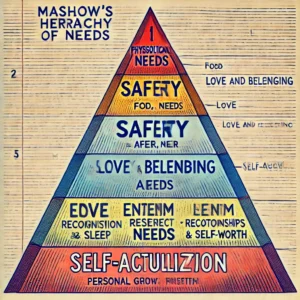
Understanding Maslow’s Hierarchy of Needs

Body Shame: A Societal Concern
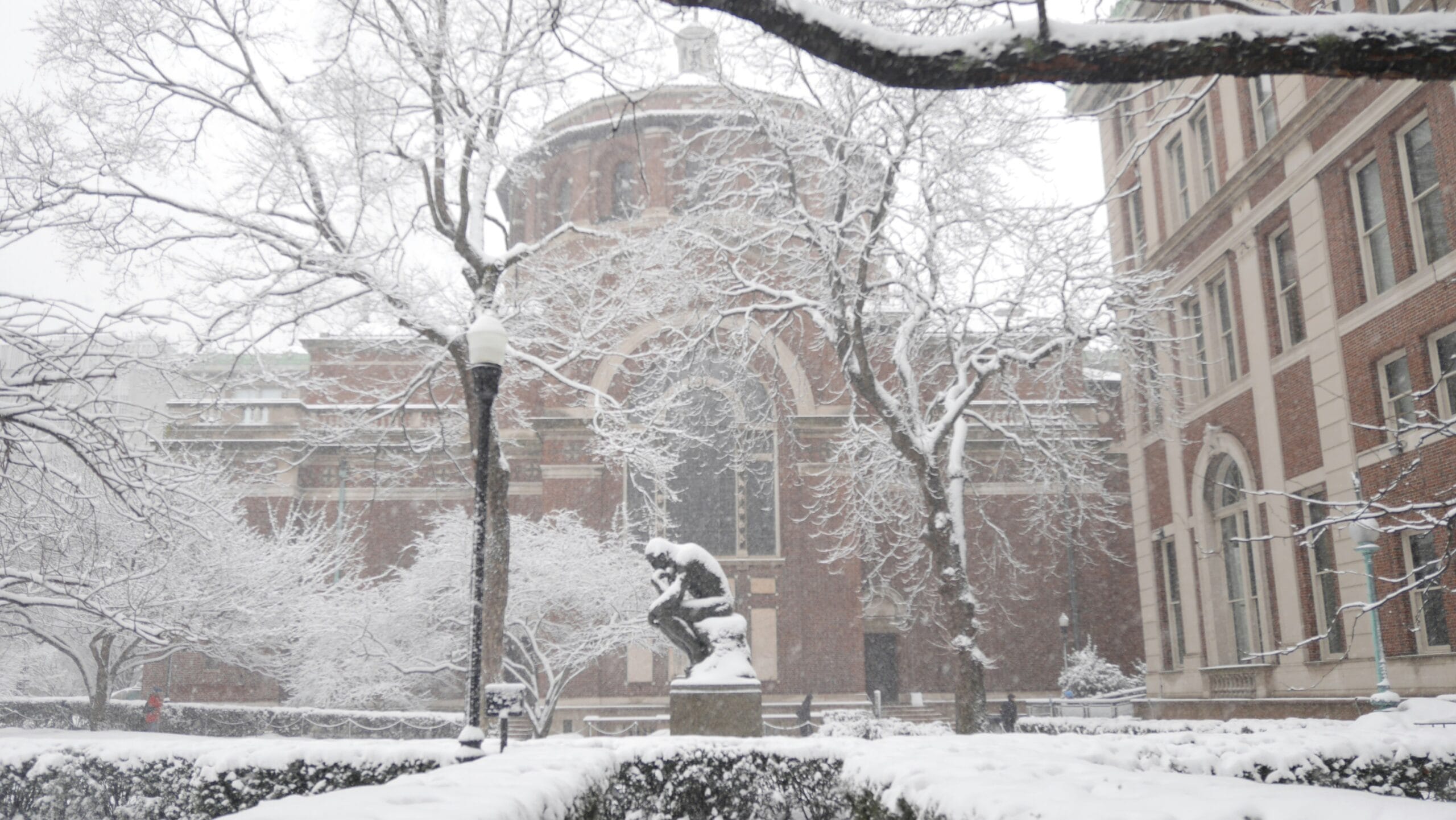
Rajneeshism: Origins, Popularity, and Controversies
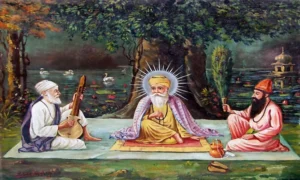
Historical authenticity of Bhai Mardana and Bhai Bala
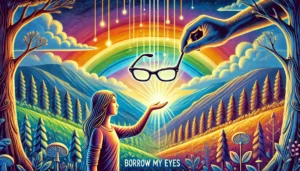
“Borrow My Eyes”: A Reflection on Empathy, Perspective, and Understanding

Universal Teachings of Guru Gobind Singh: A Guide to Humanity

Low-Fat and Sugar-Free Products Really Healthy?

Can AI Raise Your Consciousness and Awareness?
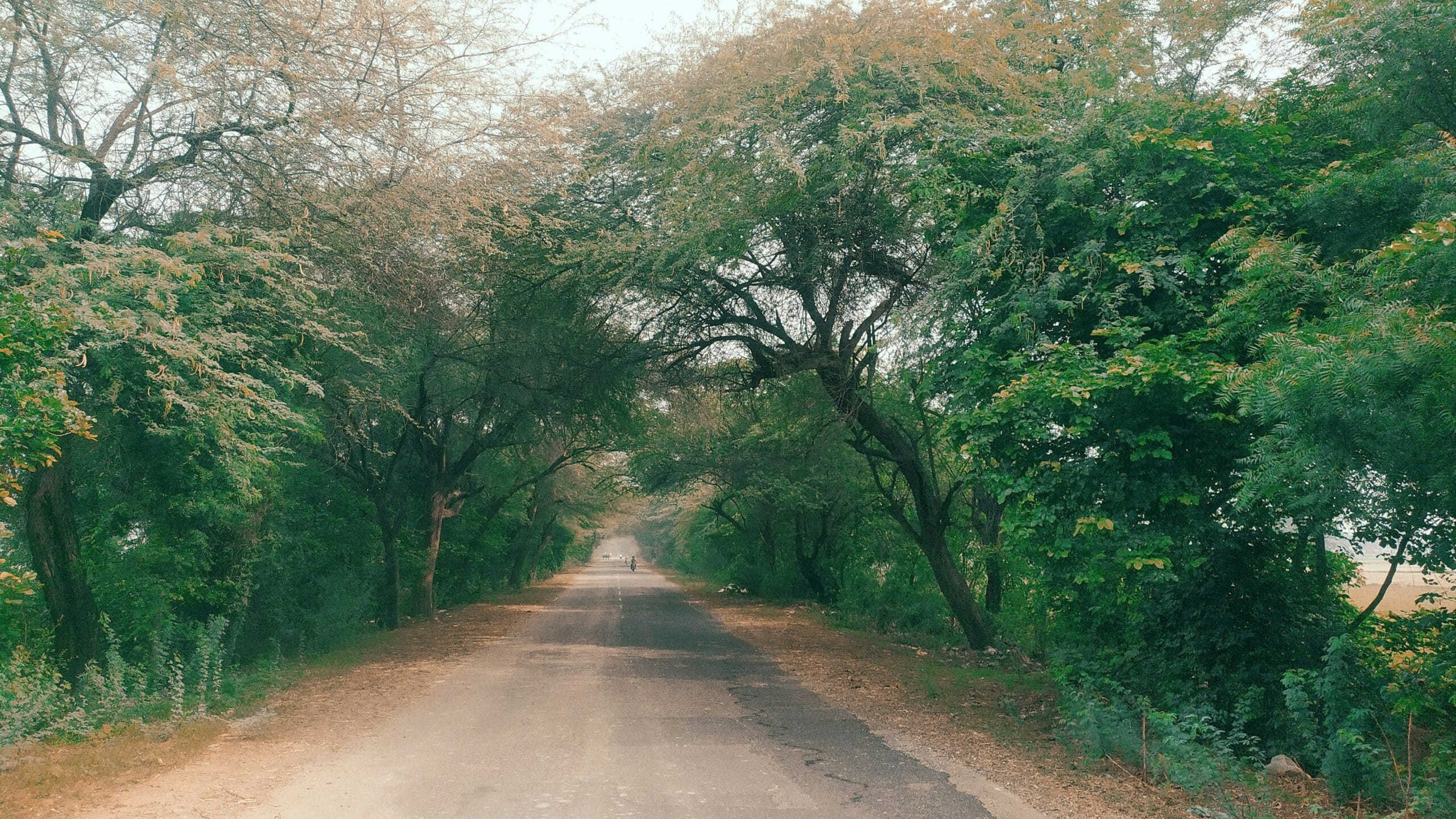
Govardhan Pooja: Origin and Celebration
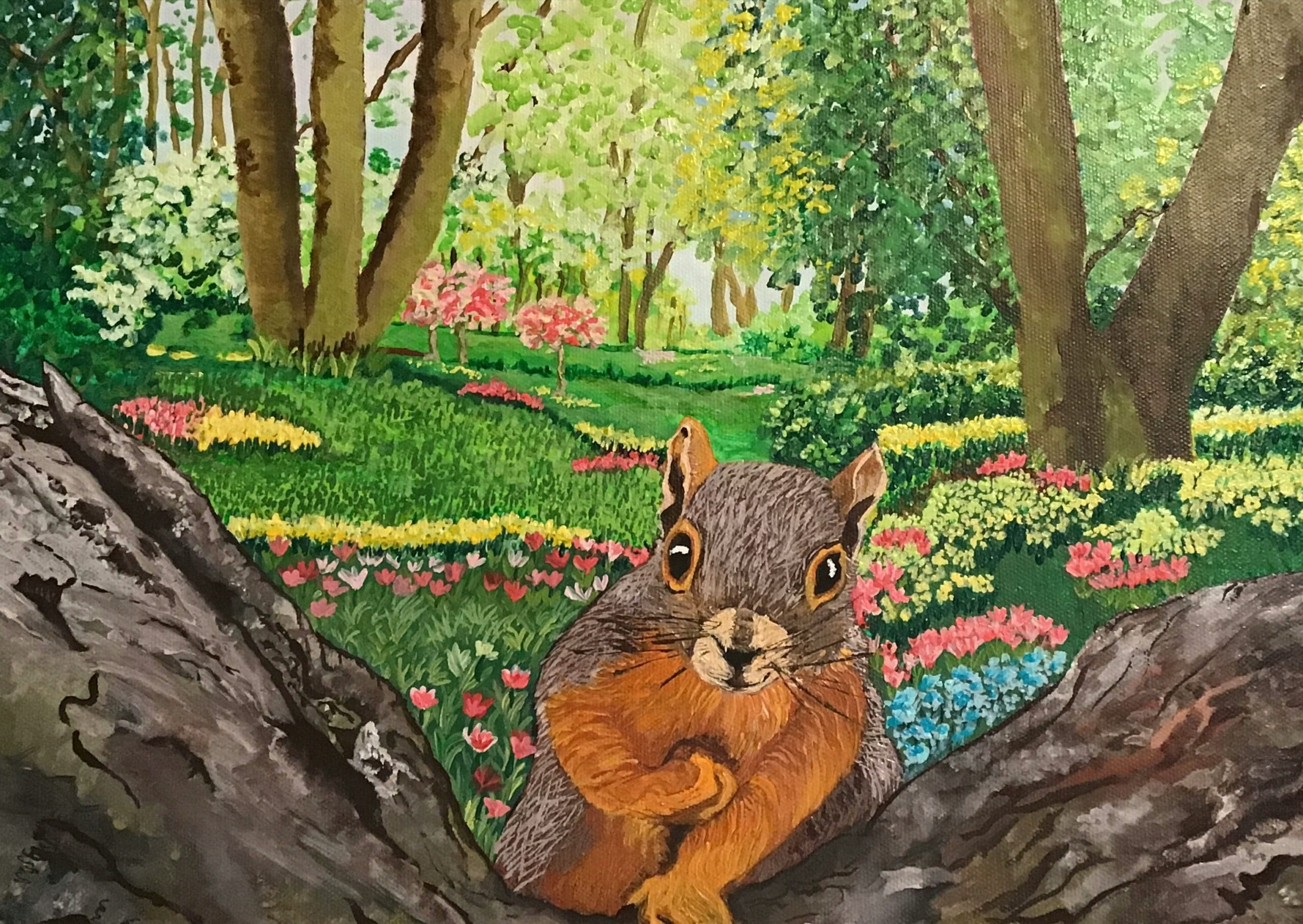
The Silent Cries of Nine Orphaned Parks
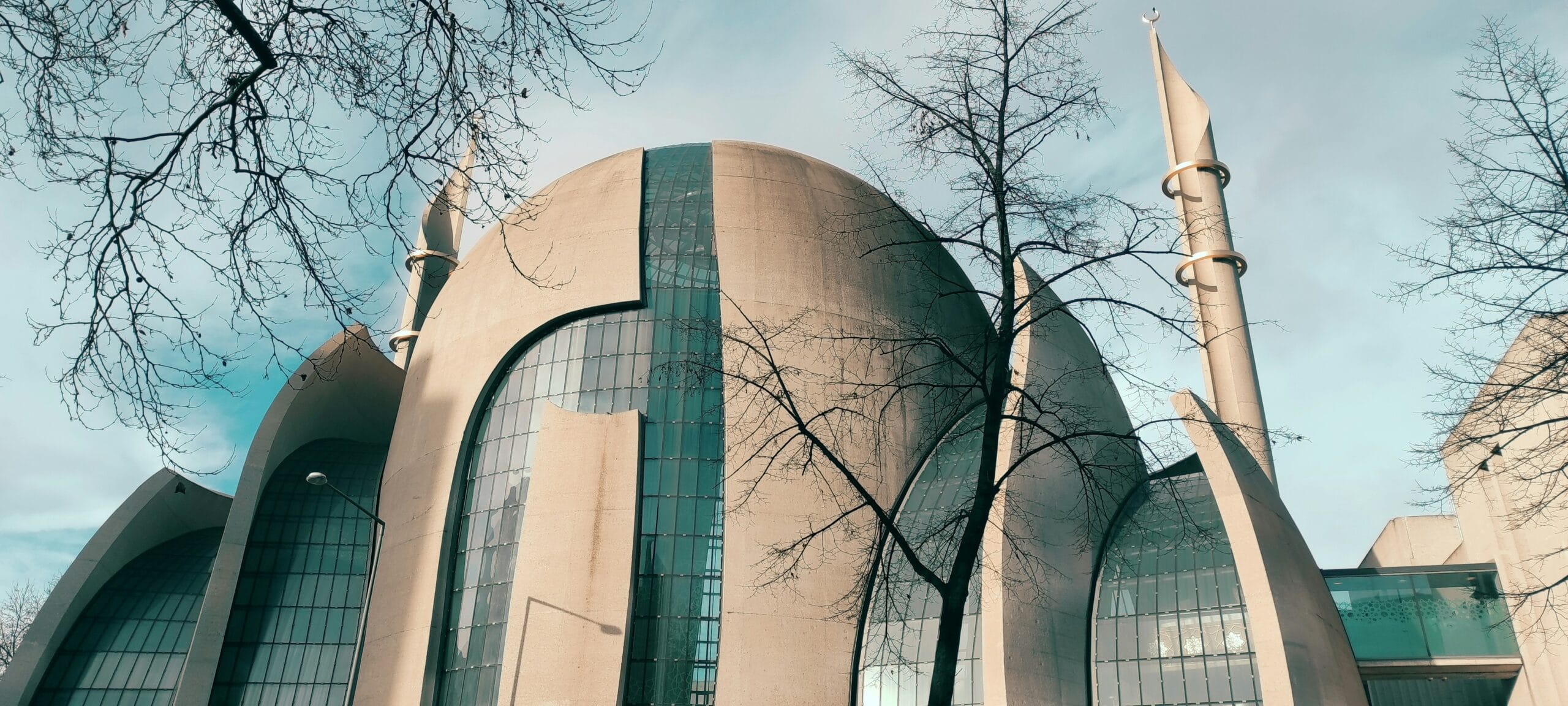
The Timeless Tale of Love and Valor
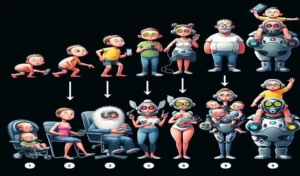
Family evolution
Thank you for reading this post, don't forget to subscribe!



